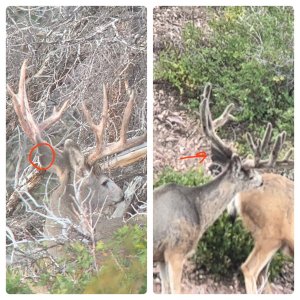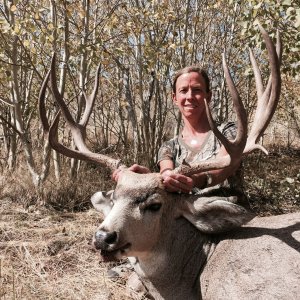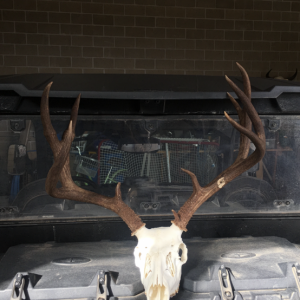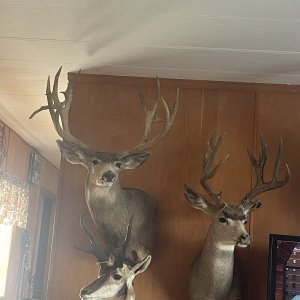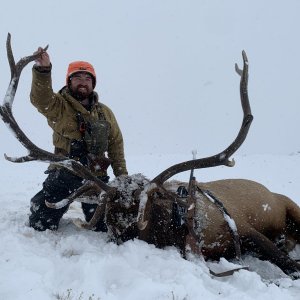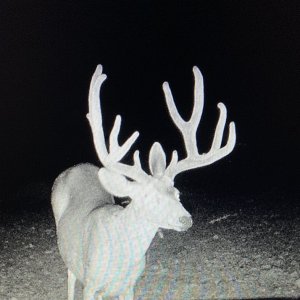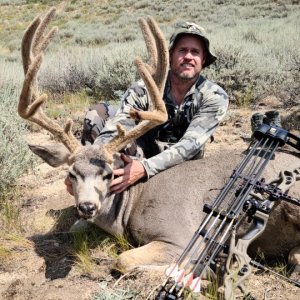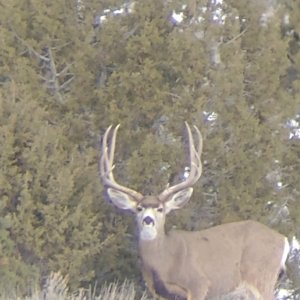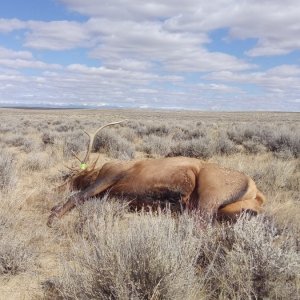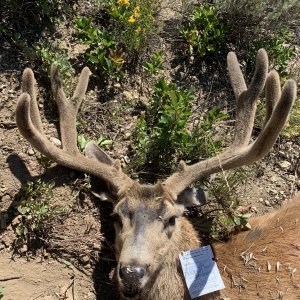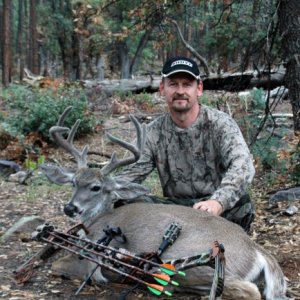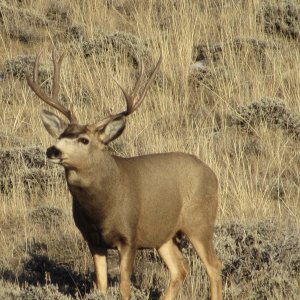R
RKenSparc
Guest
OK - First, before everyone start harping on how you can't use antlers to determine a buck's age. I know this - and I'm not trying to- sort of.
I have a friend from back east (big white tail hunter), and we swap hunting stories every now and then, not being very familiar with mulies he's interested in seeing some "typical" pictures of young mule bucks from yearlings up to 3 or 4 year old bucks. Mostly to just kind of picture in his mind?s eye what bucks in these age classes look like. I was hoping someone might know of a website with pictures (photo or sketched) that show this. Basically a simple comparison of what would be expected in a healthy buck with decent/typical genes.
I know, and he knows, that there is a lot more than age that goes into a buck?s headgear, and that as they get older, age plays a smaller and smaller roll. On the other hand we can be fairly certain a buck is a yearling based strictly on his headgear. A two year buck's age can still be estimated but with less degree of certainty, and by the time a buck gets to be 4 years old or older you really can't say anything about his age based on antlers. What I'm looking for is some pictures that are fairly representative of a bucks with their first 2 or 3 sets of antlers.
This isn't for anything more than just helping a guy get a better feel for young mule deer bucks, and I know the best way to judge a deer's age is with his teeth, but most of us will at least attempt a guess on a smaller buck?s age ? and we do this based mostly on what he has sprouted between his ears. So if you know where something like this is, would you mind pointing me in that direction?
I have a friend from back east (big white tail hunter), and we swap hunting stories every now and then, not being very familiar with mulies he's interested in seeing some "typical" pictures of young mule bucks from yearlings up to 3 or 4 year old bucks. Mostly to just kind of picture in his mind?s eye what bucks in these age classes look like. I was hoping someone might know of a website with pictures (photo or sketched) that show this. Basically a simple comparison of what would be expected in a healthy buck with decent/typical genes.
I know, and he knows, that there is a lot more than age that goes into a buck?s headgear, and that as they get older, age plays a smaller and smaller roll. On the other hand we can be fairly certain a buck is a yearling based strictly on his headgear. A two year buck's age can still be estimated but with less degree of certainty, and by the time a buck gets to be 4 years old or older you really can't say anything about his age based on antlers. What I'm looking for is some pictures that are fairly representative of a bucks with their first 2 or 3 sets of antlers.
This isn't for anything more than just helping a guy get a better feel for young mule deer bucks, and I know the best way to judge a deer's age is with his teeth, but most of us will at least attempt a guess on a smaller buck?s age ? and we do this based mostly on what he has sprouted between his ears. So if you know where something like this is, would you mind pointing me in that direction?



